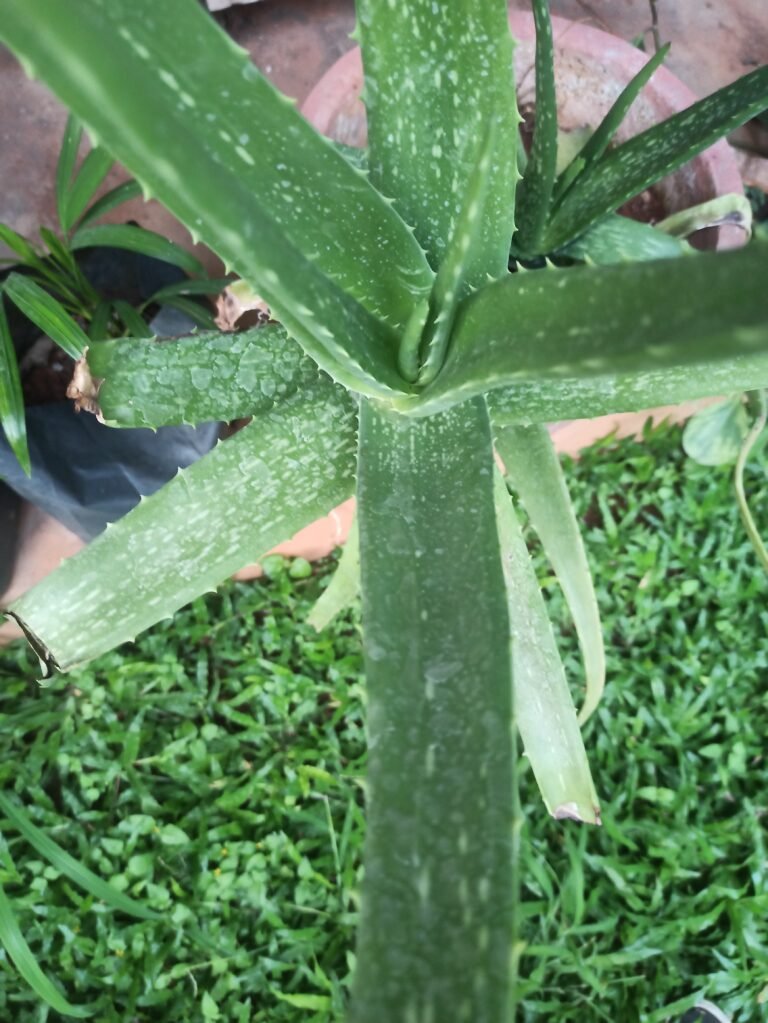Search Below For New Gardening Tips and Tricks with Practicals
Snails are often seen as garden pests because they have a voracious appetite for plants. They can quickly devour the leaves and stems of various plants, leaving behind a trail of destruction. Gardeners have been known to go to great lengths to protect their plants from these slimy creatures, using barriers, traps, and even chemical pesticides.
However, some experts argue that snails can actually have benefits for gardens. One of the main arguments in favor of snails is their role as decomposers. Snails feed on decaying organic matter, such as dead leaves and plant debris. By consuming this material, they help break it down into smaller particles, which can then be absorbed by the soil. This process contributes to the overall health and fertility of the garden soil.
In addition to their role as decomposers, snails also play a part in the nutrient cycle of a garden. When they consume plant matter, they excrete waste that is rich in nitrogen, phosphorus, and potassium – three essential nutrients for plant growth. As the snail waste decomposes, these nutrients are released into the soil, providing a natural fertilizer for the surrounding plants.
Furthermore, snails can also serve as a food source for other creatures in the garden ecosystem. Birds, frogs, and certain insects, such as ground beetles and fireflies, feed on snails, helping to keep their populations in check. This natural predation can prevent snail outbreaks and reduce the damage they cause to plants.
It’s important to note that not all snails are harmful to gardens. Some species, such as the garden snail (Helix aspersa), are more likely to feed on decaying matter and have a lesser appetite for live plants. These snails can actually be beneficial in maintaining a healthy balance in the garden ecosystem.
In conclusion, while snails can indeed cause damage to plants, they also have important roles to play in the garden. Their role as decomposers and nutrient recyclers can contribute to the overall health of the soil, while also providing food for other garden inhabitants. Therefore, it’s important to consider the broader ecological context when determining whether snails are good or bad for gardens.
Benefits of Snails in the Garden
While snails can sometimes be seen as pests due to their ability to damage plants, they also provide several benefits to the garden:
1. Nutrient Cycling
As mentioned earlier, snails help break down organic matter, which contributes to the nutrient cycling process. By consuming dead plant material, snails release valuable nutrients back into the soil, making them available for other plants to use.
2. Aeration of Soil
Snails burrow into the soil, creating small tunnels as they move. These tunnels help to aerate the soil, improving its structure and allowing for better water drainage. This can be particularly beneficial in compacted or heavy clay soils.
3. Seed Dispersal
Snails have the ability to disperse seeds as they move around the garden. This can help with the natural spread of plants and contribute to the overall biodiversity of your garden.
4. Indicator of Soil Health
Snails are sensitive to changes in environmental conditions, including soil health. If you notice an abundance of snails in your garden, it can be an indication that the soil is rich in organic matter and moisture. This can be a positive sign, as it suggests that your garden is in good condition.
However, it is important to note that while snails can provide these benefits, they can also cause damage to plants if their population becomes too large. It is essential to maintain a balance in the garden ecosystem to ensure that the benefits of snails are maximized while minimizing any negative impact they may have.
One way to control snail populations is by creating barriers around vulnerable plants, such as using copper tape or diatomaceous earth. These barriers can help prevent snails from reaching the plants and causing damage. Additionally, encouraging natural predators of snails, such as birds or frogs, can also help keep their population in check.
Overall, snails play a complex role in the garden ecosystem. While they can be seen as pests, they also provide important benefits that contribute to the overall health and biodiversity of the garden. By understanding and managing their population, gardeners can harness the positive aspects of snails while minimizing any potential negative impact.
5. Implementing Cultural Practices
In addition to physical methods of snail control, implementing certain cultural practices in your garden can help reduce the snail population. One such practice is proper watering. Snails thrive in moist environments, so by watering your plants in the morning and avoiding overhead watering, you can create a less favorable habitat for snails.
Another cultural practice to consider is mulching. While mulch can provide many benefits to your garden, it can also create a hiding place for snails. To minimize their presence, choose mulch materials that are less attractive to snails, such as straw or gravel, and regularly inspect and remove any snails that may be hiding beneath the mulch.
6. Introducing Biological Controls
If the snail population in your garden becomes overwhelming, you may consider introducing biological controls. These are organisms that naturally prey on snails and can help keep their population in check. One example of a biological control is the use of nematodes, microscopic worms that infect and kill snails. Nematodes can be purchased and applied to your garden, providing a long-term solution to snail infestations.
It’s important to note that when implementing biological controls, it’s crucial to choose species that are native to your area and will not harm other beneficial organisms in your garden.
7. Regular Garden Maintenance
Maintaining a well-groomed garden can also aid in snail control. By regularly removing weeds, fallen leaves, and other debris, you eliminate potential hiding places for snails. Additionally, keeping your garden free of excess vegetation and clutter can deter snails from taking up residence.
In conclusion, managing snails in the garden requires a combination of strategies. By employing handpicking, creating barriers, encouraging natural predators, using natural repellents, implementing cultural practices, introducing biological controls, and maintaining a well-groomed garden, you can effectively control the snail population and protect your plants from damage.
Discover more from Gardening with Ecorganicas-Source for Organic Gardening Tips
Subscribe to get the latest posts sent to your email.







